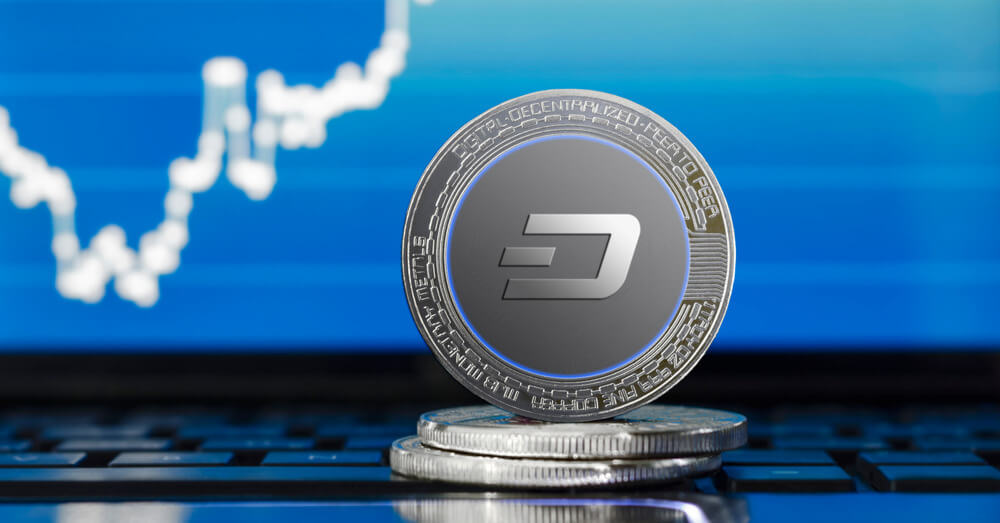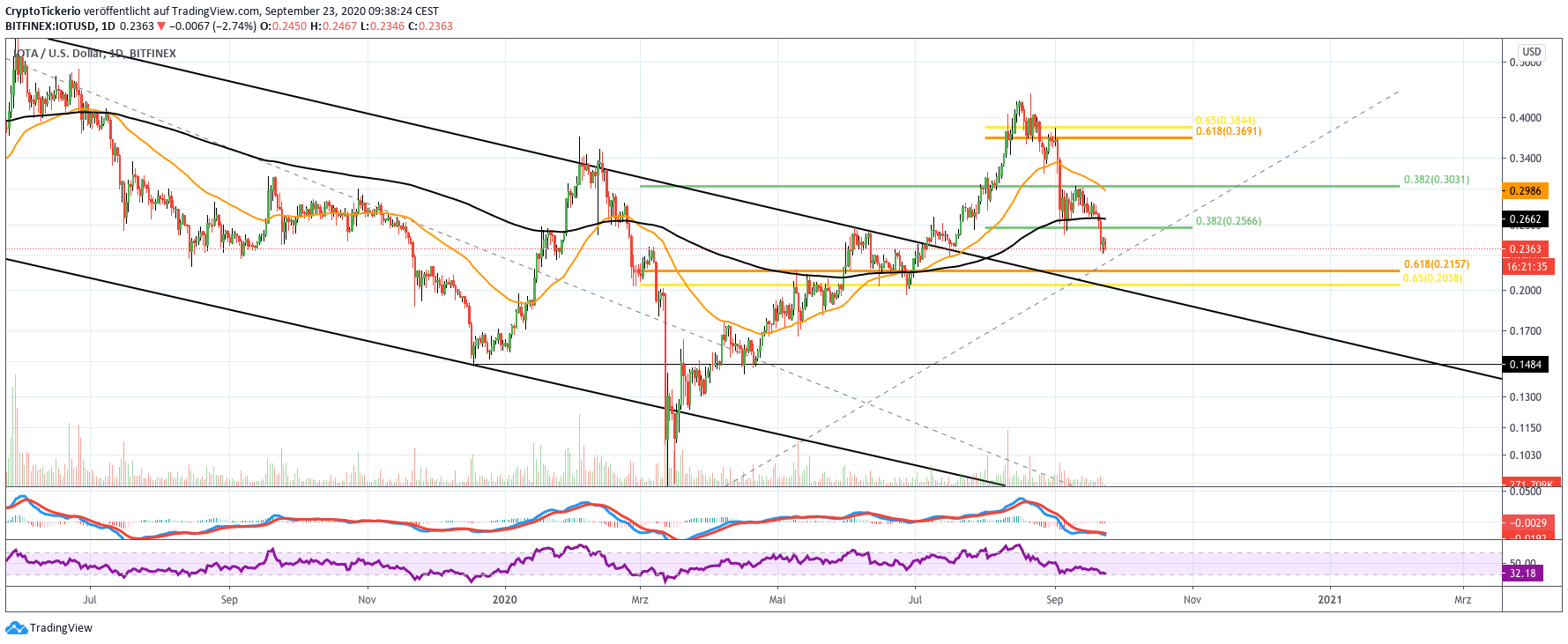
Notably, the IOTA token listed under the ticker MIOTA is the native crypto token of the platform. The organization essentially serves as a governing board, which oversees establishing the goal, implementing it, and managing operations. The foundation also aims to educate people about the project's technology and encourage them to use it. The foundation's objective is to guarantee that the protocol is standardized and widely used. In that case, there's a 97 percent chance that a node will support it in the future.įurthermore, the project is administered by IOTA Foundation, a non-profit organization dedicated to developing next-generation protocols for machine-to-machine or machine-to-human communication. Let us suppose nodes have approved a transaction 97 times previously.

IOTA's system utilizes a tip selection process with "confidence" as a parameter to approve the transaction. As a final stage, a simple and easy-to-solve proof-of-work (PoW) challenge is added to the transaction to avoid spamming. The process cuts down on the time and memory required to validate a transaction.

Nodes verify each new transaction by comparing it to two previous transactions (called tips). As a result, the technology becomes more efficient at processing transactions as more systems join the Tangle.įurther, IOTA uses a unique approach to validate transactions. Multiple nodes are linked to each other in a parallel system that allows for simultaneous rather than sequential processing of transactions via Tangle. Nodes are entities that issue and validate transactions. Tangle is a decentralized acyclic graph (DAG), a non-sequential network of nodes.

To address the challenges, the team developed Tangle, which serves as IOTA's network. These issues underscore the need for a new technology distinct from traditional blockchain technology. The design creates discrimination among participants, leading to conflict and wasteful resource allocation for resolution. Further, the entire method makes the blockchain heterogeneous, with two people issuing and approving transactions. Also, eliminating transaction fees isn't a viable option because they serve as a motivator to build new blocks in the blockchain. Given the importance of micropayments in the burgeoning IoT market, a transaction cost of this magnitude seems irrational. The transaction fees on these blockchains sometimes exceed the transaction's value. IOTA aims to create a "machine economy" by facilitating simple machine-to-machine transactions and linking the human and machine economies.Īccording to research published by the platform, developers widely use traditional blockchain as a generic platform for cryptocurrencies. Interestingly, the platform describes itself as the backbone of IoT to serve as a network with tamper-proof data, micropayments without transaction fees, and low resource needs. IOTA maintains that Tangle is faster and more efficient than traditional blockchains. IOTA's key innovation is Tangle, an open-source, feeless, and scalable distributed ledger where data and value move smoothly. Bitcoin-Zahlungen sind zu 100% transparentĪktueller Kryptowährungen coin kurse in Echzeit.IOTA (MIOTA) is a distributed ledger used on the Internet of Things (IoT) ecosystem to record and perform transactions between humans and machines. Was sind die wichtigsten Eigenschaften von Bitcoin? Im Folgenden gehen wir genauer auf den Bitcoin und die ihm zugrundeliegende Technologie ein. Er wird zudem nicht von einer zentralen Autorität geschaffen, sondern durch ein dezentral organisiertes Netzwerk, das auf einer Technologie dezentraler Konten beruht: der Blockchain. Im Gegensatz zu staatlich herausgegebenen Währungen, existiert der Bitcoin jedoch nicht als physisches Geld, sondern ausschließlich in seiner digitalen Form. Der BTC kann dafür genutzt werden, Güter und Dienstleistungen zu erwerben sowie Finanzmarktgeschäfte durchzuführen. Er dient – wie herkömmliche Währungen – dazu, Werte zu definieren, aufzubewahren und zu tauschen. BTC ist eine dezentrale digitale Währung, auch Kryptowährung genannt.


 0 kommentar(er)
0 kommentar(er)
